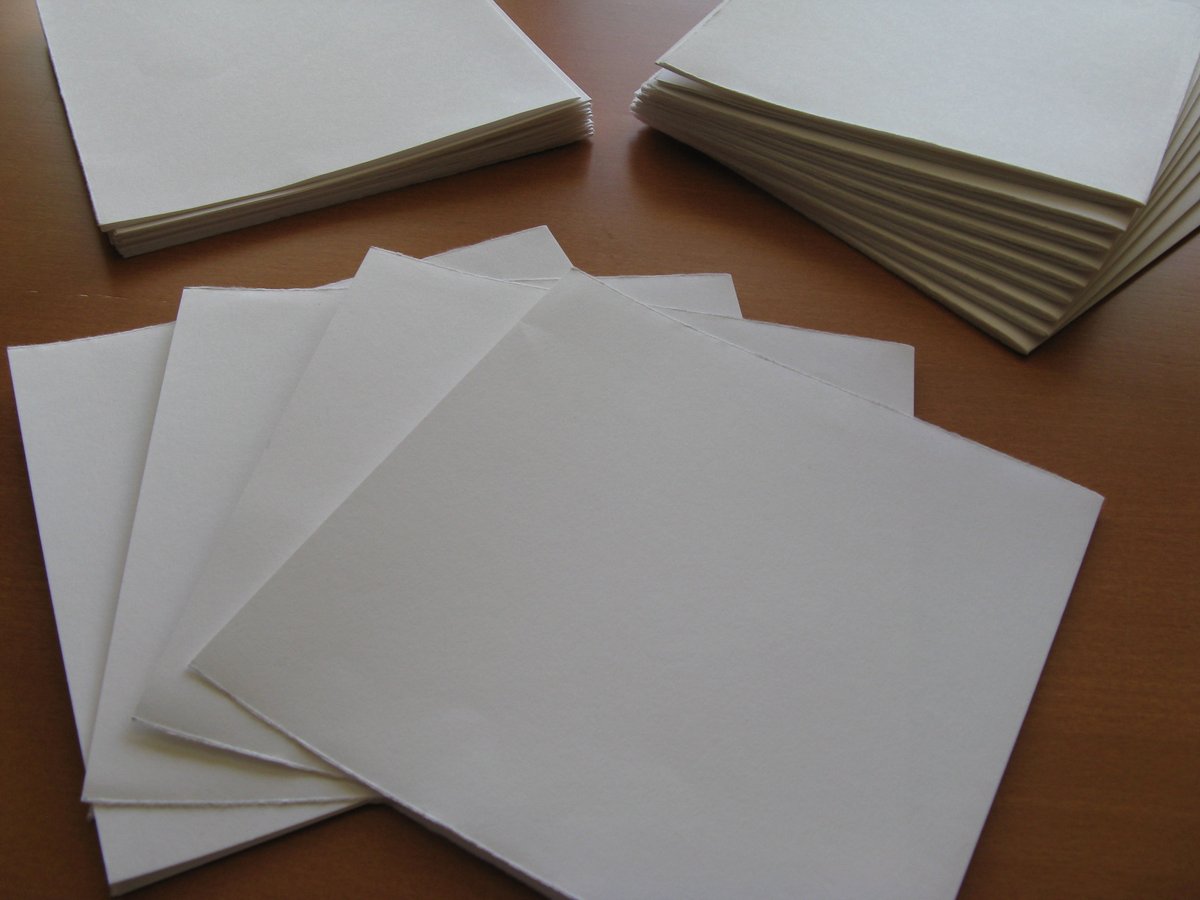Not vital to know, but interesting, I feel!
In order to sew the pages together, you will need to make holes. Where and how many depends upon the size of your paper and whether you will be using tape or cords on the spine of your book.
#BookbindingWithAziraphale















